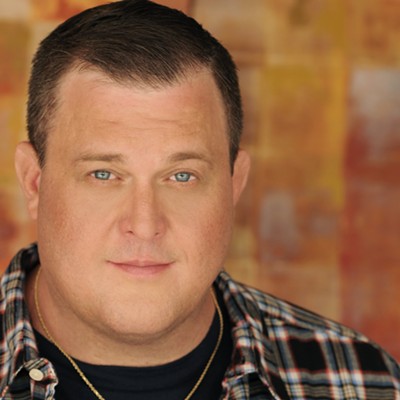Tuesday, June 18, 2013
National Speakers Apprise Arts Group of "New America"
Nonprofit arts groups, perennially pressed for funding, also know they must adapt to a world of rapidly changing technology and, for many, aging audiences. While two keynote speakers at last week’s Americans For The Arts national convention, held in Pittsburgh, didn’t provide any reassurances on those counts, they did point the way to the future.
Speaking before several hundred attendees at the David L. Lawrence Convention Center, author, sociologist and demographer Manuel Pastor laid out the numbers: America, as you probably heard after the 2010 U.S. Census, is well on its way to becoming a “majority-minority” nation; in fact, most kids under age 5 will be nonwhite as soon as next year. (That’s something that happened in California more than decade ago, Pastor pointed out.)
Meanwhile, says Pastor, there’s “a growing social distance between the old and the young,” not least because while the median age for non-Latino whites is 42, for African Americans it’s 32, and for Latinos 27. (Judging from the assembled crowd, members of AFTA, an arts-advocacy group, skew white and middle-aged.)
Added Pastor, whose emphasis is on equity and social justice, “The arts community isn’t putting enough money into these new communities.”
Pastor whose books include Just Growth: Inclusion and Prosperity in America’s Metropolitan Regions, co-writen with Chris Benner, is pretty well known for an academic. The second keynote speaker this past Friday was even more famous: Jim Messina, the former White House deputy chief of staff who’s still raking in the laurels for running Obama’s 2012 campaign.
Messina’s AFTA theme, “storytelling in politics,” had a lot to do with digital interfaces. “It’s a new America” was the mantra of the 2012 campaign, the first during which it was commonplace for people to make donations via their phones. To reach those mostly young voters, Messina says, the campaign created, for instance, 114 smartphone apps so Obama supporters could tell their undecided friends why they were voting for the president. The campaign similarly exploited Facebook.
It wasn’t all about the social media, though, said Messina (who now heads Obama’s online initiative Organizing for Action). The campaign also went to boxing matches (to canvass young Latino men) and did voter registration at nail salons. “That’s where people are,” Messina said simply.
How’s all this help arts groups?
Pastor said that engaging rising demographics requires philosophical changes: Equity and inclusion are crucial elements, not “add-ons.” He talked up approaches that would bridge “generations and geographies,” and praised programs like one that got kids out photographing and documenting the social and economic conditions around them. Because, he said, it’s not just about “diversity,” but social justice, too.
“Really what matters for art is it’s our way of making meaning, connecting with one another,” said Pastor. Don’t appeal to people’s interests (by telling them how some program will make their lives better), he said, but rather to their values. He cited last year’s national campaign to pass the Dream Act, which gives young undocumented immigrants a path to citizenship. Supporters told stories that tapped into values like those reflected in the familiar “coming out” narrative from the gay-rights movement, or even narratives revolving around the simple fairness of letting kids — whose parents brought them to the U.S. — finish school.
Messina emphasized putting the case for the arts in very personal terms — like his own enriching experience with school arts programs while growing up in rural Montana. And like Pastor, he noted what he perceived as the essential optimism of the younger generation. The Obama campaign, he said, won because it perceived that “Elections are about the future.”
Arts groups likely still have a long way to go in the new America. At one point in Friday's program, Messina noted that the public’s biggest single source of news during the presidential campaign was Univision, the massive Spanish-language network. When he asked who in the audience of hundreds watched it, only about a half-dozen attendees raised their hands.
Tags: Americans For The Arts , Jim Messina , Manuel Pastor , Program Notes













